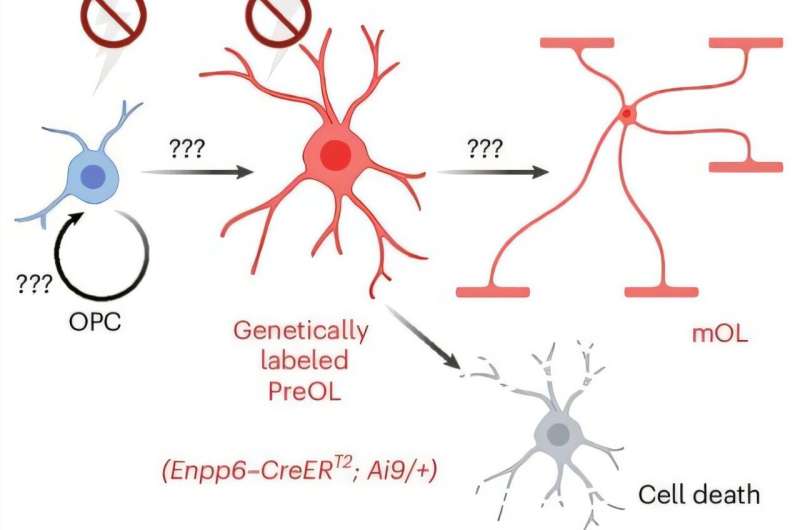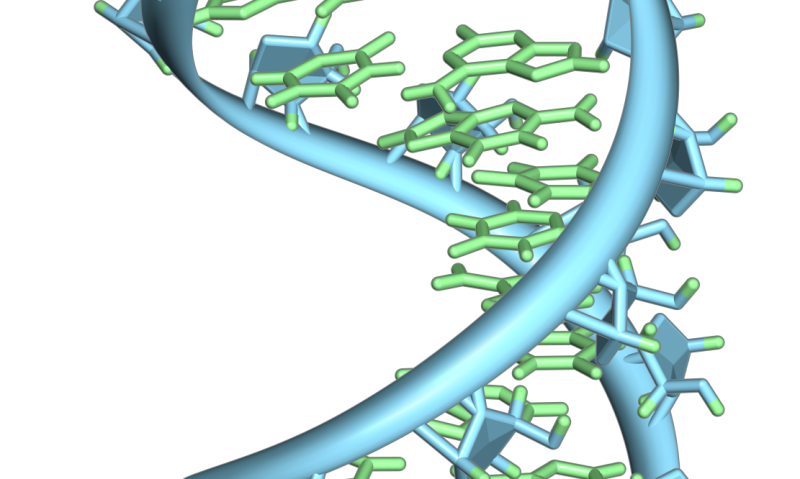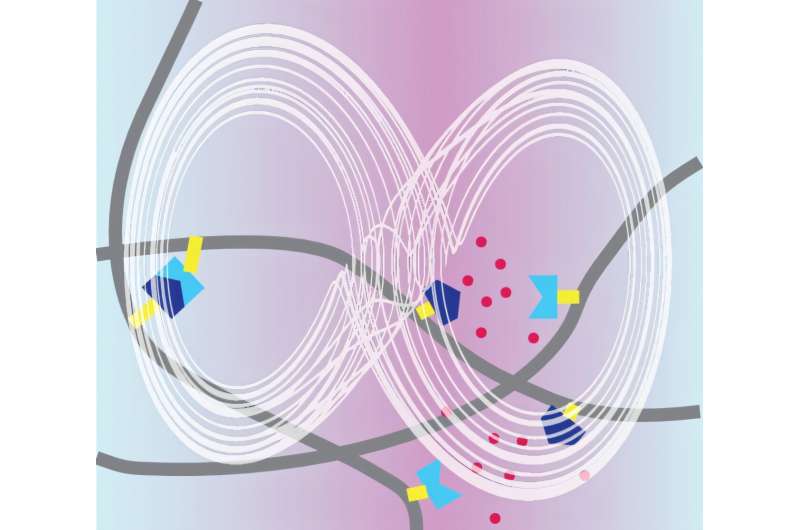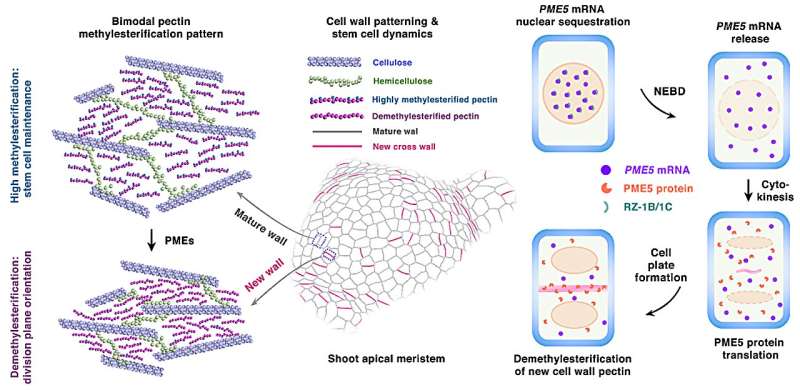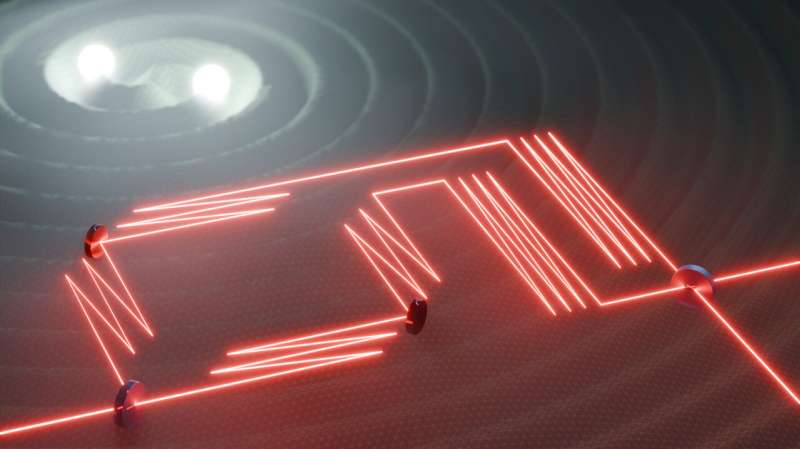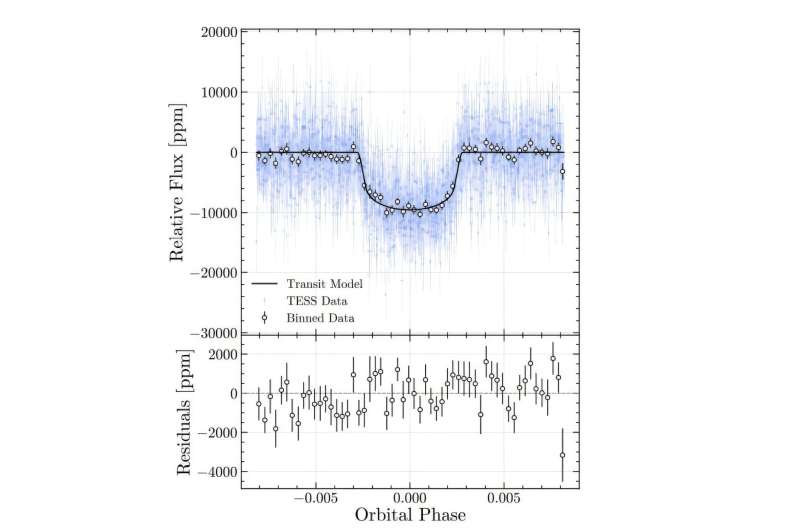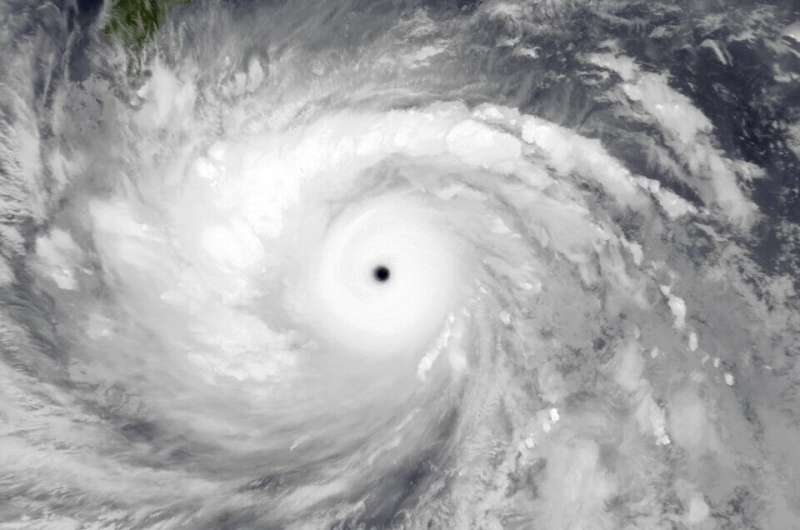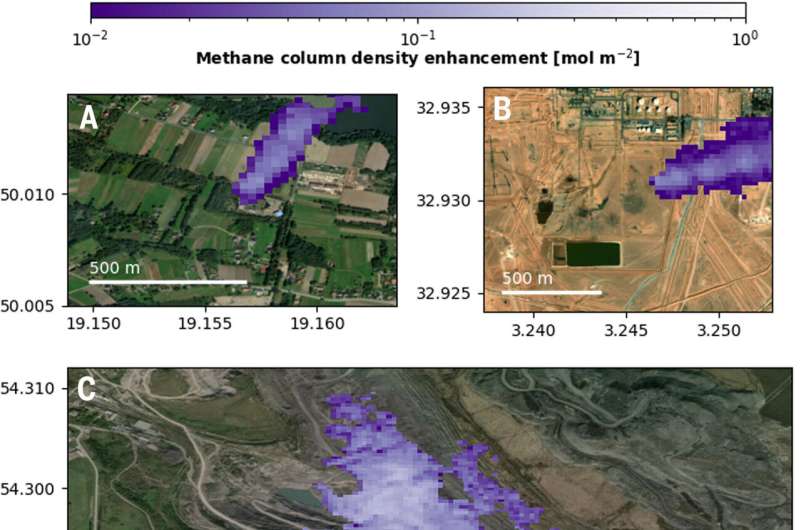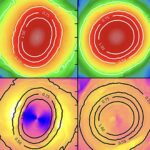‘Aha’ anını anlamaq: Tədqiqat göstərir ki, fikir bir həll məkanında daha böyük məsafələri araşdırmağı ehtiva edir
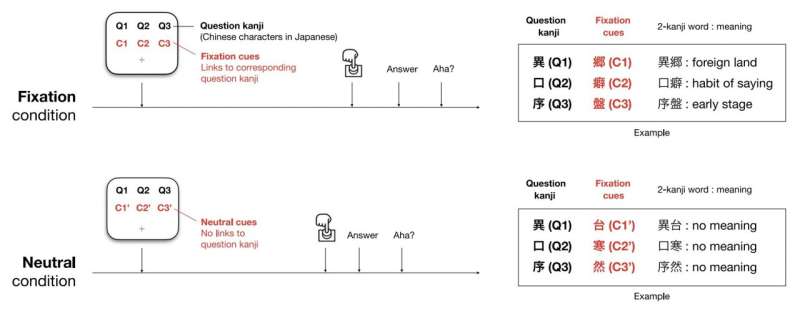
İnsanlar mürəkkəb bir anlayışı qavramağa və ya bir problemi həll etməyə çalışarkən, birdən daha dərin bir anlayış əldə etdiklərini hiss edə və ya əvvəllər düşünmədikləri bir şey haqqında düşünə bilərlər. Geniş mənada “baxış” adlandırılan bu tip “aha” anları onların yeni dəyərli biliklər əldə etmək və ya mövcud problemi həll etmək qabiliyyətində əsas rol oynaya bilər.
Bir çox psixoloji tədqiqatlar anlayışın necə səthə çıxdığını və problemin həllinə necə kömək etdiyini daha aydın şəkildə təsvir etməyə çalışmışdır. Bu tədqiqatlar müxtəlif maraqlı nəzəriyyələr təqdim etsə də, idrakın yaranmasına səbəb olan dinamik proses hələ də yaxşı başa düşülməmişdir.
Tokio Universitetinin tədqiqatçıları bu yaxınlarda eksperimental metodlar və simulyasiya vasitələrinin kombinasiyasından istifadə edərək bu dinamik prosesi daha da araşdırmaq üçün yola çıxdılar . Onların “Rabitə Psixologiyası” jurnalında dərc olunmuş məqaləsi göstərir ki, fikir bir problemin mümkün həll yolları məkanında daha geniş məsafələrin tədqiqi ilə xarakterizə olunur və nəticədə problemi həll edən şəxsə nəzərdən keçirmək üçün daha çox seçim təqdim edir.
“Insight represents a sudden and profound understanding, offering a new perspective that can offer the solution to a previously intractable problem,” wrote Zenas C. Chao, Feng-Yang Hsieh, and Chien-Te Wu in their paper. “Insight is tightly associated with an ‘aha’ experience. Although various theories have attempted to explain how insight emerges, the dynamic search process leading to insight remains poorly understood, primarily due to the complex nature of creative problem-solving.”
To investigate insight and the process fueling its emergence, the researchers carried out a series of experiments involving 105 participants. These participants were asked to complete a task that required them to find a common association between three seemingly unrelated logographic characters used in the writing of Japanese language, also known as Kanji.
“In this study, we employ two versions of the Japanese remote associates test (RAT) (n = 349 and n = 105 participants, respectively), alongside a simulation model,” wrote Chao, Hsieh and Wu. “This allows us to quantitatively manipulate the constraints imposed on the problem and to track the search process within the solution space.”
The researchers conducted two experimental trials, for which they used different variations of the RAT association task. In the first experiment, they controlled for the participants’ level of fixation on the task and looked at how this influenced their performance (i.e., their ability to uncover associations between Kanji).
In this context, the term fixation refers to the undesirable focus on the same thoughts that are not helpful for solving RAT association tests. In contrast, de-fixation entails setting aside these ‘incorrect thoughts’ and exploring alternative possibilities, which can help to solve a problem.
In the second experiment, the researchers asked participants to record their every thought while they were trying to complete the task, just as it occurred. Finally, the researchers used a model to simulate how the minds of participants navigated a corpus containing words in the Japanese language to solve the RAT tasks.
“Our findings indicate that the insight and the accompanying ‘aha’ moment are characterized by exploration that spans greater distances within the solution space, thereby increasing the number of potential solutions available for evaluation,” wrote the researchers.
The results of this study shed new light on the insight-driven creative thinking processes that contribute to people’s ability to solve problems, by exploring a wider range of possible solutions. In the future, the way in which Chao, Hsieh and Wu framed insight and the simulation model they employed could inspire further similar experiments employing other creative tasks or involving larger numbers of participants, which could ultimately lead to new interesting observations.
Daha çox məlumat: Zenas C. Chao et al, Dərin problemin həllində uzun məsafəli kəşfiyyat, Rabitə Psixologiyası (2025). DOI: 10.1038/s44271-025-00235-4 .
Jurnal məlumatı: Ünsiyyət Psixologiyası
© 2025 Science X Network



